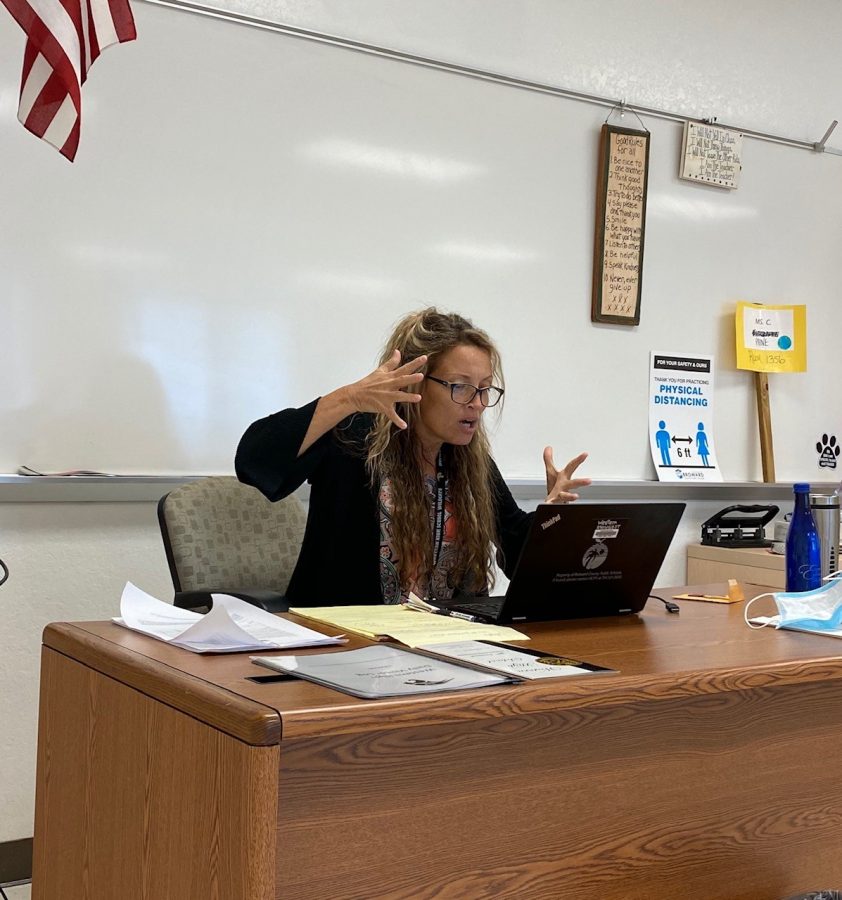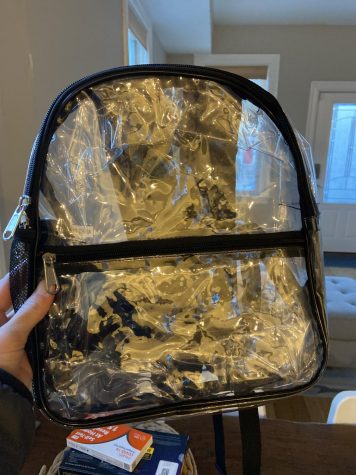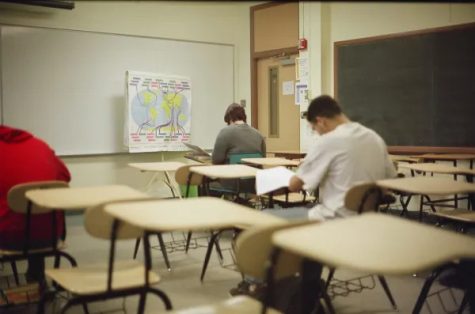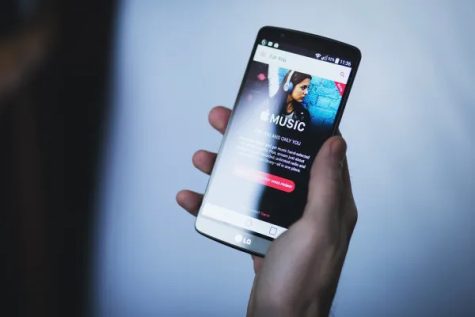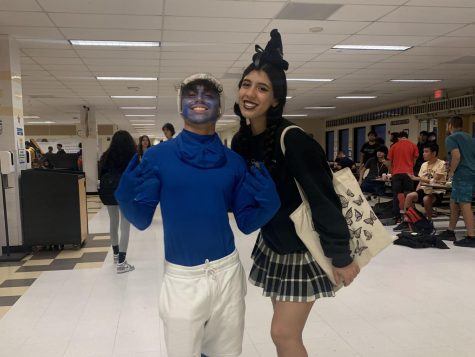For student body, risks outweigh benefits of in-person schooling during pandemic
As COVID cases rise students who chose to go back to school are now rethinking their decision. What was once a sea of mixed views has lost many supporters of returning to school. A continuing debate is argued, is it truly safe to go back to school at this moment?
“I don’t think there is a ‘perfect timeframe’ for returning to school, it depends on the progression or containment of the COVID-19 virus,” English teacher Debborah French said.
After reopening to just over 200 students in October, several precautions have been put in place to keep students and teachers safe. Everyone in the school is required to wear a mask that covers their mouth and nose, stay a minimum of 6 feet apart, sanitize their desks each day, among other restrictions.
The school is introducing multiple preventions to secure every person’s wellbeing. Although, students, staff, and teachers increase their risk by being in proximity of others.
“In a high school, there are bound to be safety guidelines broken by students that can cause issues,” freshman remote learner Madelyn Goraczko said.
A student might always wear a mask and stay at an acceptable social distance, yet that doesn’t guarantee the classmate to their right will do the same.
Some students disagree with the idea of a potential full re-opening. They take into account that they can’t completely know that returning to school is safe as safety factors played a huge part in a student’s decision making process.
“I think it would be really dangerous to allow all of them to go back when coronavirus is still rampant and spiking all over the country and the world,” junior Bayan Abedulazis said.
Now everyone is willingly putting themselves in a situation of a potential outbreak. “Staying home would, of course, ensure limiting exposure to the virus,” French said.
For many students, the benefit of in person school is the social interaction with classmates and friends. Now, talking to your friends isn’t the same as before.
“With all the protocols and extra security measures, a return to school wouldn’t be the same as it was last year,” Goraczko said.
No matter in the classroom or at lunch, students still have to stay at least six feet away. There is no hugging, high fives or other normal gestures of connection.
A significant number of students aren’t worried about their own safety as much as others. These students and/or teachers live with family that are immunocompromised and fear contracting COVID and then spreading it to them.
“There are some family members that can’t afford to get sick like my stepdad and [my] aunt,” freshman Isabella Tapia said.
Students in the classroom are still primarily doing online learning.
“It seems nice at first but then you have [to] sit on uncomfortable chairs and not only that, you have to deal with terrible Wi-Fi,” in-person sophomore Uriel Ramirez said.
After powering through health risks, safety precautions, limited social interaction, and continued online learning, staying home continues to be the preference of the student body as just over 10 percent came back to campus when given the choice.
“I think the school has done everything within their power to make sure everyone is safe, but there will always be a risk as long as COVID is still around and cases aren’t stopping,” Abedulazis said.
